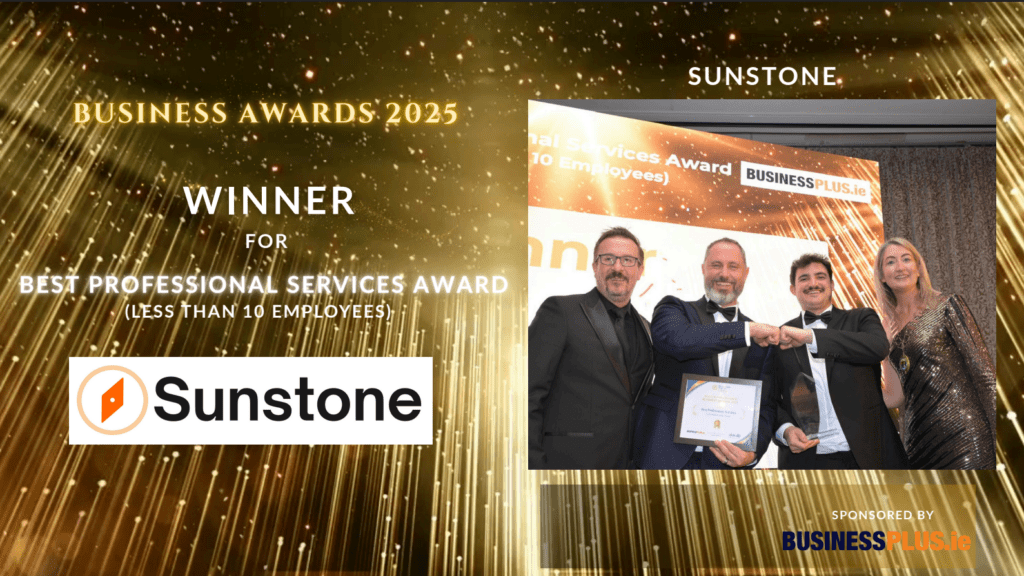Most B2B teams don’t have a lead volume problem, they have a lead quality problem.
And the answer isn’t just “more data,” either.
Instead of focusing on the companies that actually fit their product, too many sales and marketing teams cast wide nets.
The best go-to-market teams are taking a different approach to B2B data. They’re prioritising high-impact firmographic data points like industry, size, location, revenue, and legal structure. This shift leads to faster cycles, more accurate forecasts, and reps spending their time on high-potential opportunities, not dead ends.
A data-quality first approach can work for your team too.
In this article, you’ll learn how to use firmographics to sharpen your B2B targeting, gain better insights, lower your CAC, and find more ideal customers.
What is firmographic data?
Firmographics are structured data points that describe companies (rather than individuals). They’re essential for targeting, segmentation, and prioritisation in both marketing and sales.
Firmographic data includes key attributes such as:
- Industry
- Company size
- Revenue band
- Location
- Legal structure
This data can be segmented by region, industry, or size to help go-to-market teams sharpen messaging, assign territories, and identify high-fit accounts faster.
For example, if your product performs best with companies in a certain revenue range or legal structure, firmographics let you focus on that segment and avoid businesses that are unlikely to convert.
You can also use firmographic data to track and improve prospecting performance.
You might find that your SDR team gets strong open rates with companies in one sector but struggles to convert another. That insight can guide messaging tweaks, new collateral, or coaching on objection handling.
We’ll get into how to build firmographic segments and activate them in your sales process in a moment, but first, let’s explore why they matter so much for targeting.
How firmographics power smarter targeting
1. You can focus on more high-potential accounts
Firmographics help you cut through the noise and concentrate your efforts on businesses that actually fit your offering.
Instead of marketing to every company in the country, you can better focus on the ones that align with your ideal customer profile with specific attributes like size, sector, structure, or location.
This kind of focused targeting helps to reduce wasted effort, improves lead quality, and increases the likelihood of meaningful engagement.
2. Tailored outreach resonates
When you understand what kind of company you’re speaking to, your messaging becomes more relevant.
A small business does not want the same message as a professional services firm or a larger enterprise. What one company values, such as affordability or speed, may differ completely from another’s priorities, like compliance or long-term scalability.
Firmographics help you shape your message to match what that type of business actually cares about.
3. Efficiency leads to lower CAC
Better targeting drives better results. With clearer segmentation, you spend less on campaigns that miss the mark and more on the ones that convert.
This leads to a lower customer acquisition cost, more qualified conversations, and a pipeline filled with prospects that are worth pursuing.
In a focused market like Ireland, this kind of efficiency gives you a real advantage.
How to unlock smarter targeting with Sunstone
Keeping track of the right lead data across multiple sources is a challenge for sales teams of any size. Even if you’re using a solid CRM, it likely doesn’t contain all the information you need to segment effectively, prioritise high-fit accounts, or surface new opportunities, especially not in a way that’s clean, complete, and actually useful.
The gap is real, particularly for small and mid-sized teams juggling fragmented tools and limited resources while trying to scale.
We see it all the time. Companies with strong sales teams are still relying on outdated lists or incomplete firmographic data. They’re chasing leads that look promising on paper but don’t match the profile of past customers or current demand.
And it costs them deals, time, and budget.
Sunstone solves this by automatically enriching, scoring, and segmenting companies using reliable firmographic signals and behavioural patterns.
Using its market intelligence engine and firmographic clustering model, Sunstone’s SaleSight platform gives you:
- A fresh stream of high-fit companies that resemble your best customers
- Built-in segmentation by size, industry, structure, and location
- Predictive lead lists based on company fit and engagement trends
- Easy filtering and export tools to move fast on warm opportunities
Unlike static lead lists or spreadsheet-based targeting, SaleSight works dynamically. It can be updated monthly based on real-time changes in the market and performance feedback from your outreach. Your team always has access to leads that reflect your current strategy, not just last quarter’s guess.
Whether you’re building your next campaign, onboarding a new SDR, or trying to lower CAC, SaleSight gives your team the clarity and focus to move faster with less noise.
4 steps to start building firmographics-driven targeting
1. Define your Ideal Customer Profile (ICP)
Start with what already works. Look at your top-performing clients and ask: What traits do they share? Are they a certain size? Do they operate in specific industries? Do they cluster in certain regions?
Use that data to start building a clear picture of who your ideal customers actually are.
2. Focus on the firmographics that matter
Not every data point is equally useful.
Do your best clients tend to be in regulated sectors?
Then industry classification matters.
Are you looking for growing companies?
Pay attention to structure and revenue bands.
Trying to build a local pipeline?
Prioritise by region or HQ location.
The key is to choose firmographic signals that align with your outcomes.
3. Segment and score your leads
Once your firmographic filters are in place, group companies into tiers based on fit.
For example:
- Tier A: Strong match to your ICP
- Tier B: Moderate match with some potential
- Tier C: Low fit, but worth light-touch or automated outreach
This makes it easier to focus your resources and avoid wasting time on low-potential accounts.
4. Tailor your outreach at scale
Different companies require different messages. A small services firm doesn’t want the same pitch as a larger regional enterprise.
Use your segments to customise templates, surface relevant proof points, and speak directly to what matters most to each type of business.
Tools like Sunstone’s SaleSight platform help automate this entire process, from identifying high-fit companies to delivering targeted lead lists that match your ICP.
Power up your targeting with Sunstone
Sales and marketing teams generate firmographic data constantly, but without the right tools, it goes unused, buried in spreadsheets or stuck in disconnected systems. The difference comes down to how well you can turn that data into action.
That’s where Sunstone comes in. Our platform makes smart targeting simple. It analyses the companies you already work with, identifies patterns that matter, and uses them to surface high-fit leads through SaleSight, your intelligent firmographic targeting engine.
You don’t need to guess who to go after next. With Sunstone, you get the clarity, structure, and precision to target the right companies, lower your CAC, and grow your pipeline with confidence.
Book a demo today to see how Sunstone helps you reach the right companies, faster.
ABOUT THE AUTHOR


Sunstone
Sunstone is a market intelligence company and platform that empowers leading enterprises to make smarter decisions through the Sunstone Data Universe—a proprietary, dynamic source of company, market, and financial intelligence. Since 2023, our technology has enabled professionals to transform complex data into actionable insights, helping teams identify growth opportunities, refine strategy, and reach their ideal customers with precision. Trusted by organisations across the UK and Europe, Sunstone delivers the intelligence behind smarter commercial performance.












